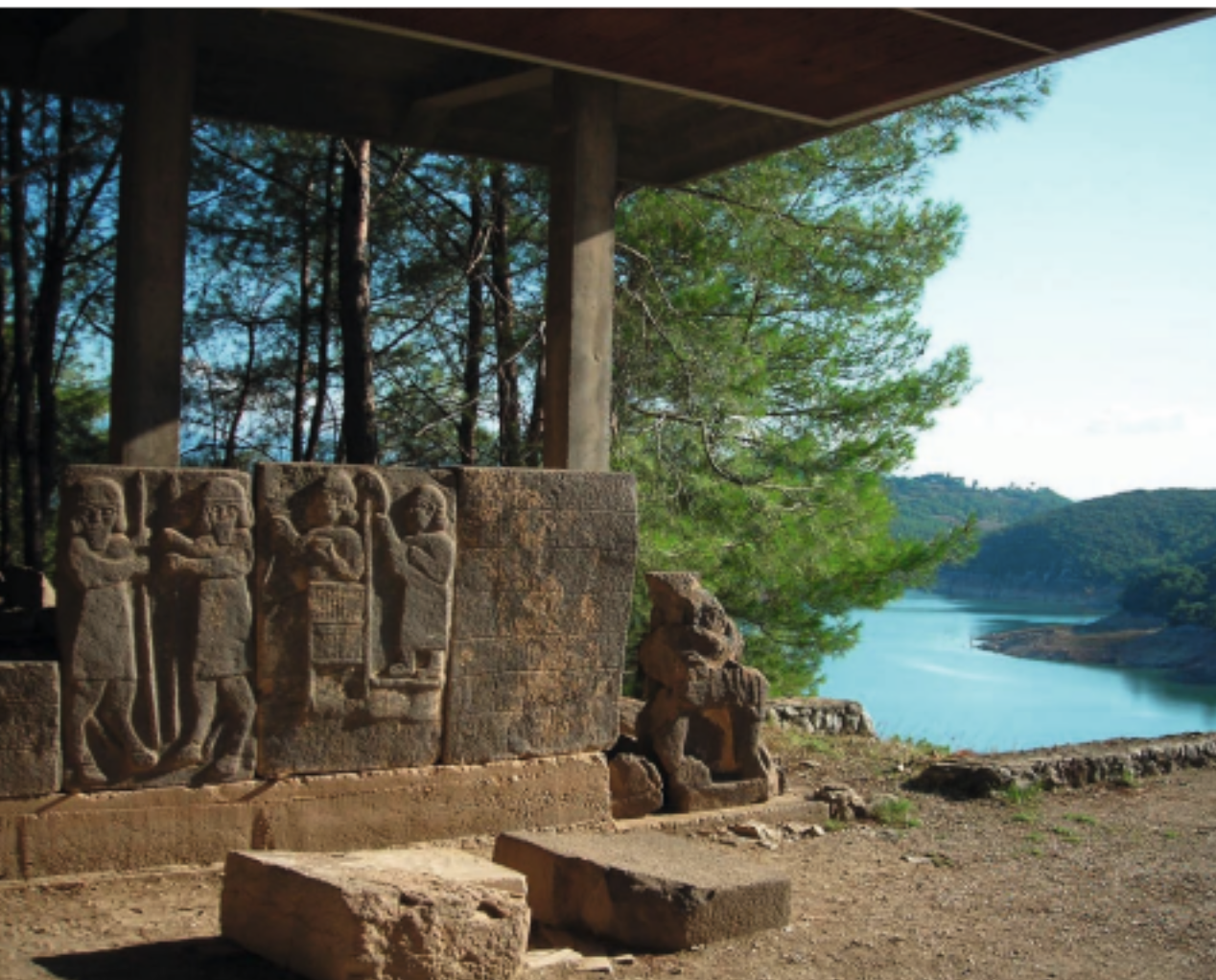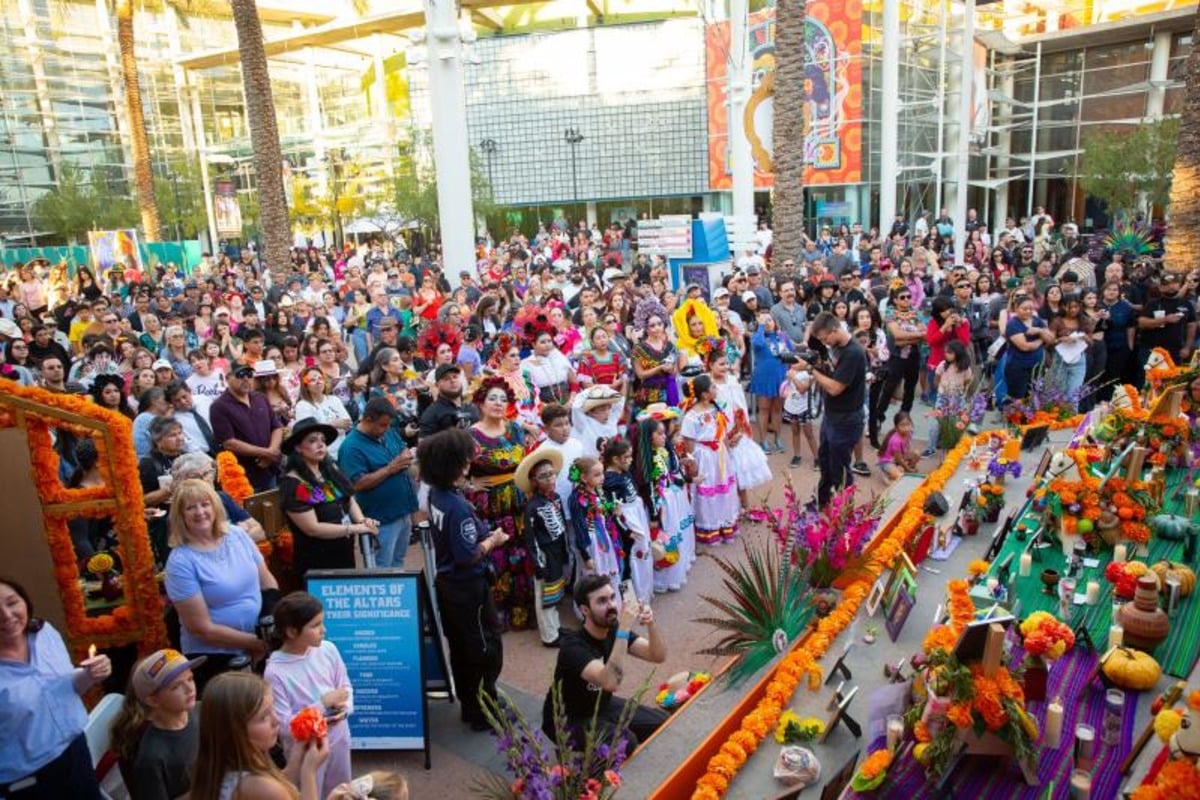By ieyenews
Copyright ieyenews

By John P. Ruehl
Author Bio: John P. Ruehl is an Australian-American journalist living in Washington, D.C., and a world affairs correspondent for the Independent Media Institute. He is a contributor to several foreign affairs publications, and his book, Budget Superpower: How Russia Challenges the West With an Economy Smaller Than Texas’, was published in December 2022.
Credit Line:This article was produced by Human Bridges.
Despite the diversity of government and social structures, every country today faces social and political tensions tied to concentrated and unaccountable power in the hands of national elites. The modern sociological concept of elites emerged in the early 20th century, introduced by Vilfredo Pareto, who argued that every society produces a minority that steers decision-making. Other sociologists further refined the idea of elite theory, noting its regularity in organizations, corporations, and institutions.
Robert Michels’s “iron law of oligarchy” argued that even mass socialist organizations in the 20th century inevitably became elitist as power centralized. This can also be seen in modern populist movements, where leaders attack established elites while consolidating and masking their own elite status.
The word ‘elite’ comes from the French élite, meaning “the chosen,” which in turn comes from the Latin eligere, meaning “to choose.” It has a number of different connotations, but each implies a group of people considered superior to others in a particular society. While the modern sociological concept of elites has evolved over the last century, how far back does the presence of an entrenched elite go, and what are the conditions that generate them?
Archaeologist Mehmet Özdoğan has argued that the historical record of elites dates back to some of the earliest farming communities in the Upper Euphrates and Upper Tigris basins between 10,500 and 7300 BC. The Neolithic era would therefore mark not only the dawn of agriculture but also the rise of elites in human society. Understanding how these elite communities formed and sustained themselves provides context for the economic and cultural systems governing us today.
Creating Inequality
Early 20th-century archaeologist Vere Gordon Childe identified plant cultivation and animal domestication as key drivers of the Neolithic Revolution, which resulted in nomadic groups settling in villages. Mobile hunter-gatherers carried few possessions, but permanent settlement allowed accumulation. Agriculture produced storable surpluses that could be lent, redistributed, and used to consolidate power and increase dependence, while ox-drawn plows and other technologies further increased output, freeing some people from subsistence work and creating a labor class and an upper class to manage them.
But throughout the 20th century, growing evidence suggested that people often settled first and only later developed agriculture, with the transition occurring slowly and unevenly over thousands of years.
Similarly, elites did not form overnight. Comparatively egalitarian, sedentary communities such as Çatalhöyük, not far from the Upper Euphrates and Tigris, thrived between 7400 BC and 5600 BC without entrenched hierarchies. “In this city, which was founded by our ancestors 9,000 years ago, the houses were built back-to-back, with no streets in between. … It is generally believed that this unique layout at Çatalhöyük reflects the ideal of equality between people in the Neolithic period. There is no design that indicates a hierarchy in the structures,” points out the Turkish Museums website.
Earlier hints of inequality had meanwhile appeared among the Natufians in the southern Levant, with their elaborate burials, and in Göbekli Tepe with its monumental sites and division of labor, but without concrete evidence of long-term elite entrenchment.
According to Mehmet Özdoğan, systemic elitism began to take root in the Upper Euphrates and Tigris region around 10,500 BC onward. Archaeological evidence from the period has revealed larger houses for certain families, as well as more elaborate burials, access to prestige goods, and the use of resources like lime to make terrazzo floors. Elements resembling land ownership and segregated housing were similarly documented.
According to a chapter written by Özdoğan in the book Human Societies Facing Climate Change, Pre-Pottery Neolithic sites in the Upper Euphrates-Upper Tigris region reveal “vast amounts of objects that are too elaborate to be of an unpretentious community, presenting great variety, high levels of craftsmanship and the artistic touch of exceptional refinement. … it seems more than evident that there must have been an elite competitiveness leading to careful selection not only of skilled craftsmen but also those of artistic talents.”
Through these status objects, elite preferences began to shape cultural norms and tastes, a pattern that later sociologists would find among other upper-status groups. By promoting collective beliefs in the importance of certain styles, skills, or objects, elites reinforced their exclusive position and defined what society considered valuable.
Beyond material wealth, inequality in early societies appears reinforced by religion and ritual. Even among nomadic or sedentary egalitarian groups, shared ceremonial practices existed, but were generally not monopolized by a ruling class. In the Upper Euphrates and Tigris regions, however, Özdoğan notes, “there is growing evidence for dominant governance by spiritual leaders.” By controlling ritual and ideology, these elites positioned themselves as intermediaries with the spiritual world, granting them authority over ceremonies, sacred spaces, and symbols. Feasts, harvest celebrations, and burial rites became tools to legitimize power through divine sanction.
Creating spiritual and cultural hierarchies legitimized elite status, with modern sociological theory expanding on this. Max Weber distinguished class based on resources, power based on rule, and status based on recognition, noting that status could not be seized and was based on others’ recognition, helping solidify elite positions even in egalitarian societies. Sociologist Pierre Bourdieu also notes how celebrated tastes, skills, and knowledge reinforce elite authority.
Where Social Elites Came From
In the Upper Euphrates and Tigris regions, the earliest elites were not kings or bureaucrats, but those who controlled resources, cultural tastes, and rituals. Wealth and goods gave them leverage, but legitimacy also came from cultural hierarchies. In these early societies, culturally sanctioned preferences and religious rituals anchored elite power through social legitimacy, complementing their material wealth.
Some communities resisted early hierarchies by splitting off to form new settlements free of old hierarchies, but over time, new elite structures were created and spread elsewhere. Anthropologist Cathy Costin points to craft specialization in Iraq at Bestansur between 7600 BC and 7100 BC, likely serving elites. A painted fragment found in Teleilat Ghassul in modern-day Jordan, dated roughly 4500 BC, shows two pairs of feet on footstools, one elaborately sandaled, while other figures appear to be standing. “The fragmentary scene is of considerable significance… archaeologically, as it provides evidence of social ranking,” according to the journal Arts, and may have portrayed “worshippers paying homage to a divine couple or a priest and priestess in a cultic ritual.” Similar finds in En Gedi, Nahal Mishmar, and Ghassul indicate priesthoods or ritual specialists consolidating authority.
Elaborate burials and ornaments in Thailand, dating back to 3600 BC, meanwhile, show comparable social hierarchies. Simultaneously in Europe, increased weapon production suggests elites were consolidating power and protecting accumulated wealth as their governance systems spread across the continent.
As resources depleted and groups expanded, conflict and conquest spread elite systems further, often bringing a new underclass with them. This template became the foundation for the first civilization in Sumer, emerging around 4000 to 3500 BC, where, importantly, theocracy provided structure to society and supported elite dominance.
Gaetano Mosca later called these legitimizing narratives “political formulas,” such as the “Great Chain of Being” in medieval Europe, which solidified royal power. In aristocratic societies, hierarchy was assumed, but in democratic ones, elites constantly reaffirm it through education, culture, or science. By the 19th and 20th centuries, tools like IQ tests reinforced perceived hierarchies of intelligence, entrenching academic elites and social classes in the U.S.
Today, elites still rely on organization and affirmation to maintain power, often facing less coordinated opposition from non-elites. This organization can produce innovation for the public good, particularly when elite groups compete with one another rather than simply extracting rents from society. History also shows that popular pressure—from Roman plebeian walkouts to modern mass strikes—can force elites to concede influence even if their structures endure. Circulation of elites, or awareness that rulers can be replaced, has also long served as a check on domination.
Interestingly, the same lands that first saw elite systems also hosted early republic-like institutions. In Sumer and nearby city-states, assemblies of elders or citizens shared authority with rulers, who were also kept in check by civic bodies. Egyptian records from the mid-14th century describe Phoenician cities sending delegates to represent citizens instead of monarchs, and calls for alliances and requests for aid by the “men of Arwad” and “elders of Irqata.”
Resistance to elite domination, therefore, has ancient roots, with republican and collective governance emerging alongside hierarchical rule. When reform or turnover fails, dictators or populist movements, which can quickly become elitist themselves, pose new challenges for non-elites. Combined with modern corporate elitism, understanding how political and social elites maintain and legitimize their power is an important lesson in finding ways to encourage elites to act in the broader public interest, rather than merely entrenching their own position.



